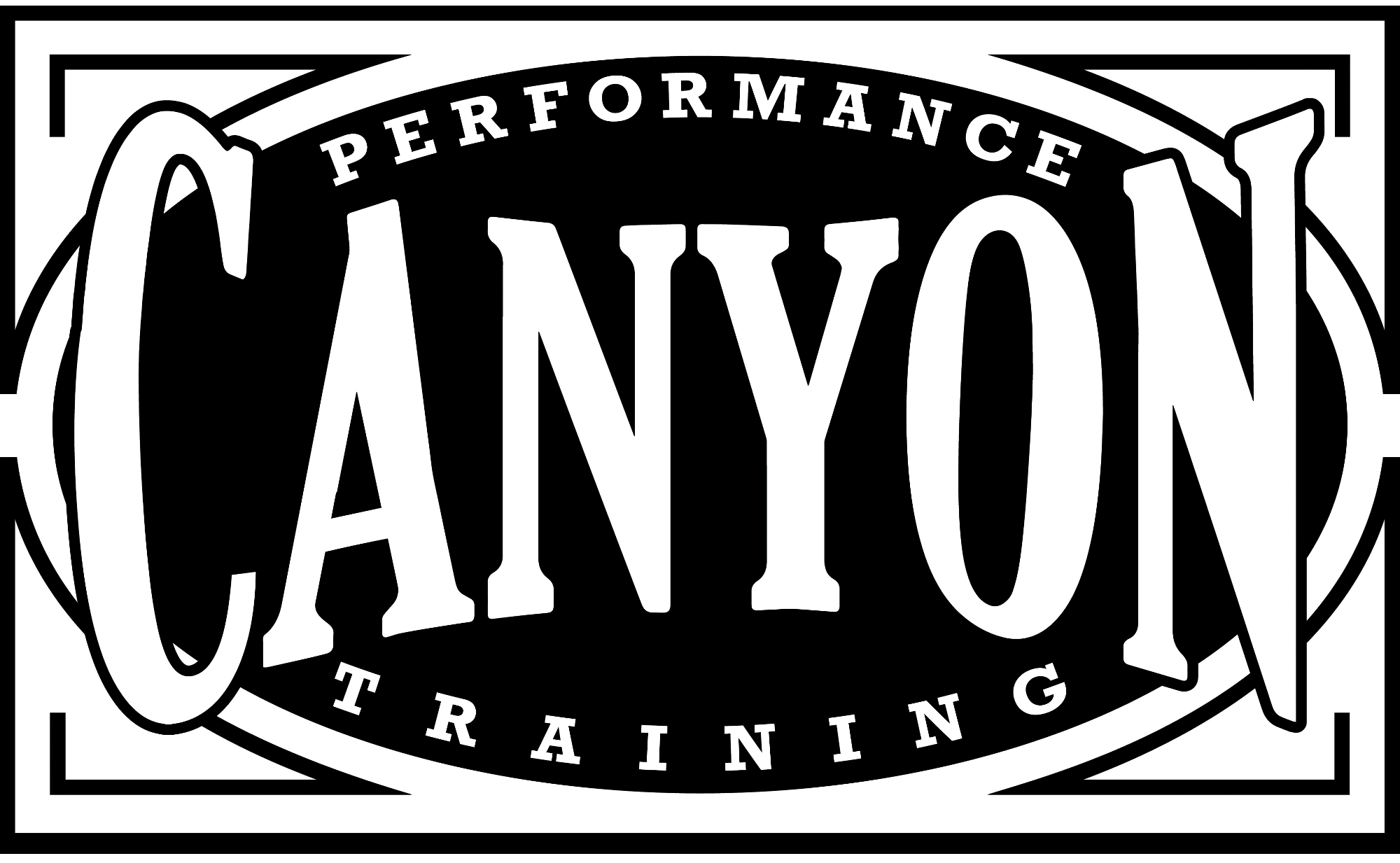 Weight machines, developed for bodybuilders 50 years ago and useful for targeted physical therapy after an injury or surgery, have gained an outsized place in many training rooms. Considering that most people imagine a bodybuilder’s body when they think of a strong athlete, this isn’t surprising – but it’s wrong. The bulging muscles of a weightlifter are not necessarily useful for athletes, and they can be a hindrance in some sports where they restrict agility or speed.
Weight machines, developed for bodybuilders 50 years ago and useful for targeted physical therapy after an injury or surgery, have gained an outsized place in many training rooms. Considering that most people imagine a bodybuilder’s body when they think of a strong athlete, this isn’t surprising – but it’s wrong. The bulging muscles of a weightlifter are not necessarily useful for athletes, and they can be a hindrance in some sports where they restrict agility or speed.
The goal of a bodybuilding program is to increase specific muscle size, so the fixed position machine can be an appropriate tool. The goal of an athletic training program is to develop an all-around athlete. Most weight machines are focused on particular muscles in a fixed plane with a fixed range of motion, and it provides the stability for the person doing the exercise. Athletic performance is pretty much the opposite – a complex engagement of the whole body in three dimensions with no external stabilizing force – you have to stabilize yourself. By focusing on one body part at a time with a machine – leg extensions, arm curls, chest press – the athlete could miss the necessary balance and harmony among those parts.
Exercise machines are also a sort of one-size-fits-none. Everyone’s body is different, but it’s difficult, if not impossible, to make the personalized adjustments to make the exercise meaningful and safe. The pivot points of the machine must be aligned with the pivot points of the body, or you risk putting a tremendous amount of torque on those joints. Also, the machine dictates the range of motion, which might not be ideal for an individual or their sport. The fact that the same machine can be used by a 235-pound man and a 95-pound girl suggests that it’s not likely to be especially effective for either of them.
Outside of directly supervised physical therapy for rehabilitation after an injury or operation, trying to restore strength to a muscle that has atrophied or can’t bear a load, machines have limited use. A hamstring machine, for example, might be useful for narrowing a wide difference between a person’s hamstrings and quads, but the same effect is available by doing hamstring curls using a fitness ball and requires the athlete to stabilize more closely mimicking sports activities.
Questions for parents to ask trainers:
- What machines do you have in your weight room?
- How much of your training involves using the machines?
- What are you trying to accomplish by using the machines?
- What sports specific activities will the athlete be doing?
All-Age Performance Training System™
All-Age Performance Training utilizes a limited number of machines during training and none with fixed positions. An athlete can very much benefit from a cable row or press as an alternative to a dumbbell row or press. The athlete must still stabilize during the activity and their bodies dictate both the path and range of motion.
Do you have experience with machine workouts for sports performance? Leave your thoughts in the comments section and remember to subscribe to receive updates.

